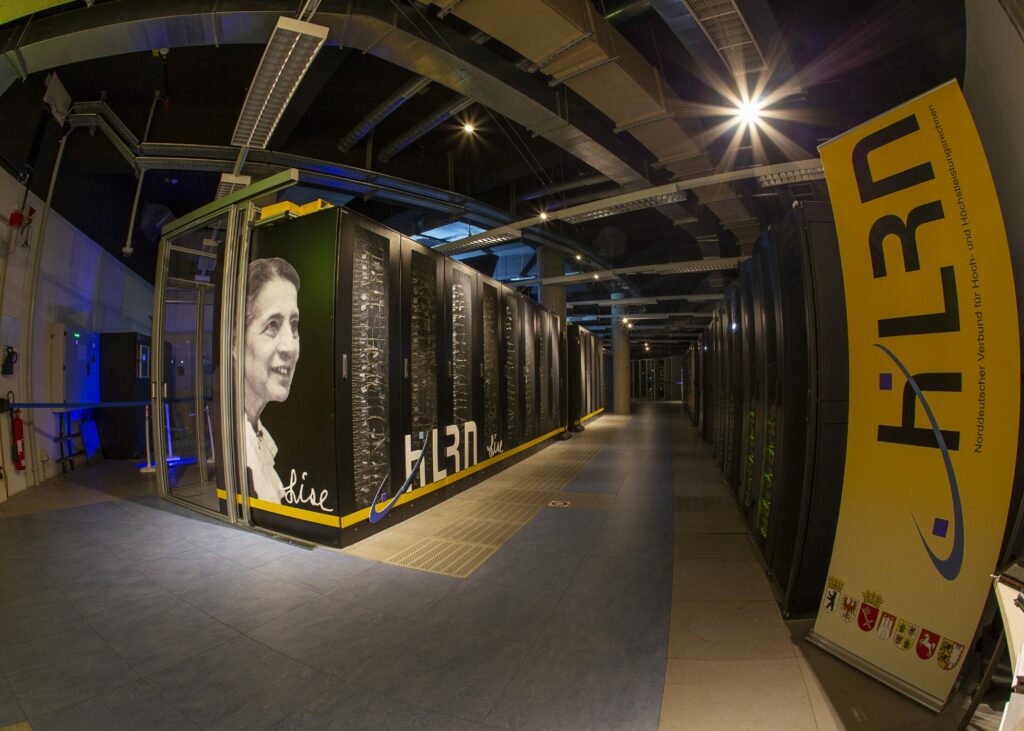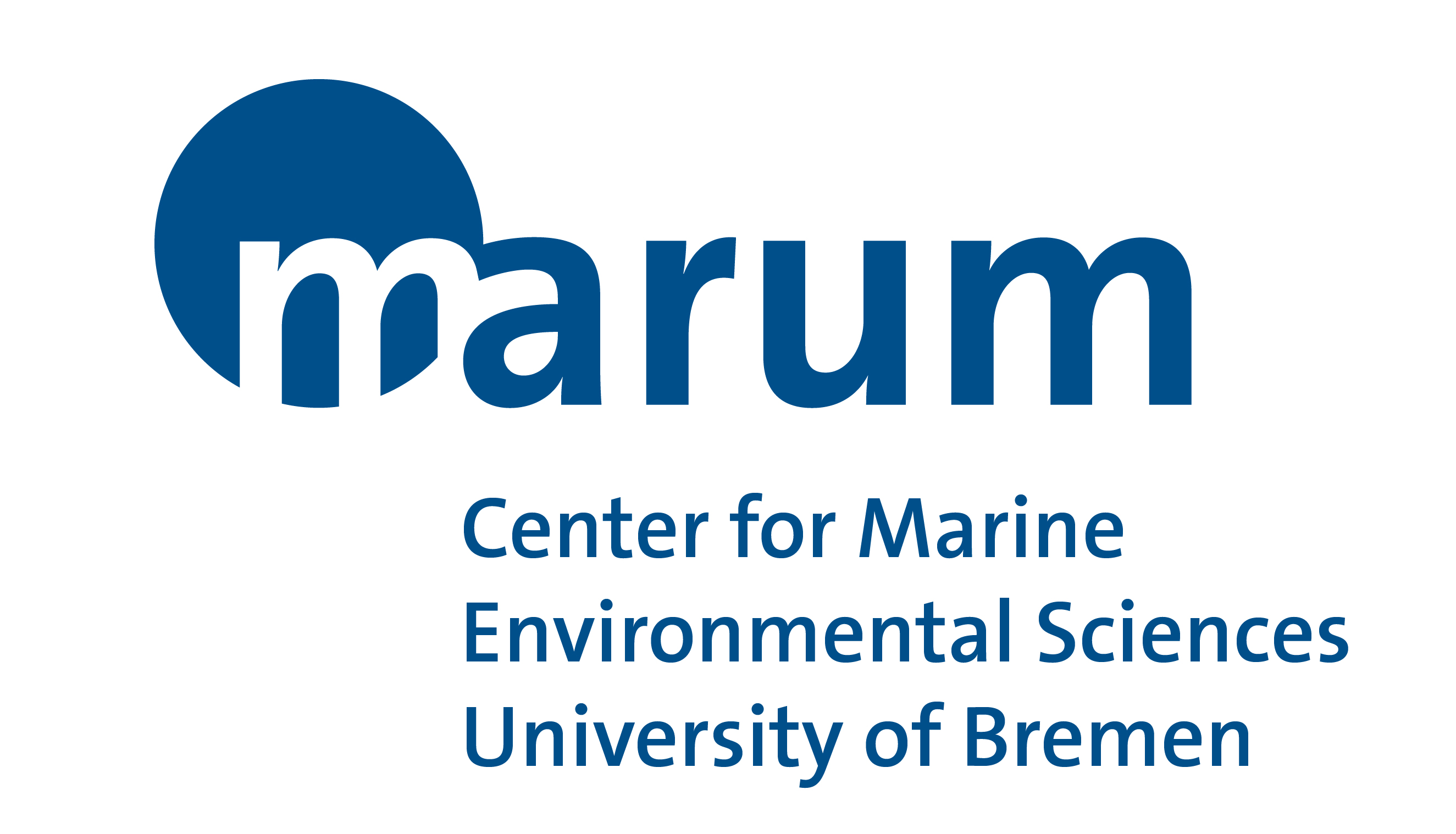Tropical atmosphere-ocean dynamics represent an important element in the modern earth system. Future changes in the tropics in response to anthropogenic forcing, however, are highly uncertain. We therefore propose a paleo-perspective from past warm climate states by means of water isotope-enabled simulations with the iCESM1.2 earth-system model. The design of these timeslice experiments comprises different parts of both the last interglacial and the mid-to-late Holocene and allows to compare the simulated hydroclimate seasonality and interannual variability against published hydroclimate data from a unique set of fossil shallow-water corals retreived at Bonaire (Southern Caribbean) from which information about sea-surface temperature (SST) and hydrological variations during past warm climate states has been derived. Including water-isotopes into our model setup allows a direct comparison between model and coral data and a more detailed description of the hydrological cycle during past warm periods. For the last interglacial, the coral-derived seasonality of sea-surface temperature in the Caribbean has been suggested to follow mainly the orbital insolation signal. However, it has not been investigated so far how interannual variability responds to the various flavors of interglacial forcing and whether the signals recorded by corals might also reflect decadal variability in the Caribbean realm. Here, we expect new insights from the model simulations which eventually will lead to an advanced interpretation of the hydroclimate signals recorded by the fossil corals. For the mid-to-late Holocene, fossil coral records are available from both the Caribbean and the tropical Pacific for similar time periods, which holds the potential to study the atmospheric bridge and the covariability between the two ocean basins both from the coral and the model perspective. The global setup of our model simulations will show the response of interannual climate fluctuations in the Caribbean to past warm period forcings and their relationship to both tropical Atlantic and tropical Pacific variability which cannot be disentangled from the coral records alone. Here, we will test the hypothesis that the most important phenomenon of interannual climate variability, the El Niño/Southern Oscillation phenomenon, and its associated teleconnections largely contribute to interannual variability in the Caribbean and that the different flavors of ENSO play an important role here. Furthermore, we propose to take advantage of these simulations to investigate the response of ENSO and ENSO teleconnections to different past warm climate background states. This is of high relevance given the large uncertainties in future warm climate projections on how ENSO and the tropical hydroclimate in general will respond to future climate warming.
Principle Investigator
Ute Merkel (MARUM, University of Bremen)
Project Scientist
Donghao Li (MARUM, University of Bremen)




